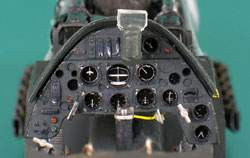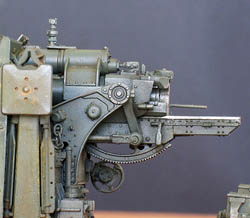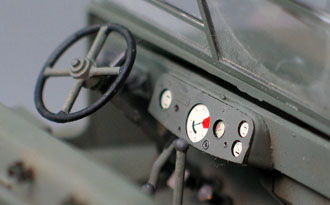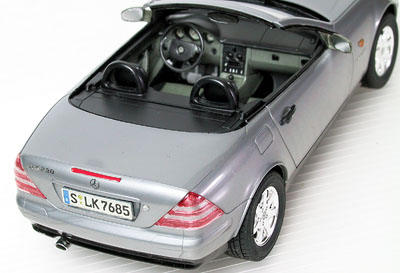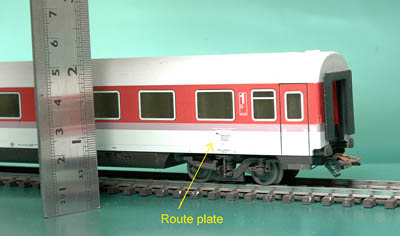Resources |
| Collections |
| Contact: photoguide@tiono.com |

Chapter 6. Zooming into Details
Revision 1.0 2007. Copyright
by Tiono
Email: photoguide@tiono.com
|
|
|
|
Now that you have read the previous chapters regarding light,
background, and depth of field, now lets explore further into photographing
the details. We will need all of those knowledge here. |
|
|
|
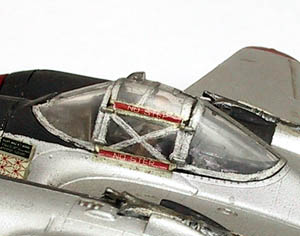
The cockpit framework is shoddy, painted using brush without masking, and seems as the brush-tip was not fine enough. The modeller ignored the fact that silver color is very sensitive to brush mark.
|
|
|
|
|
|
|
|
|
|
|
What kind of details do we need to show?
|
|
|
Generally, the common details which most people will show are: - Intricate details which is hard to build or paint
|
|
|
|
|
| Tiny details which can be
very hard to see by naked eyes, can be showed up in a macro photograph.
|
|
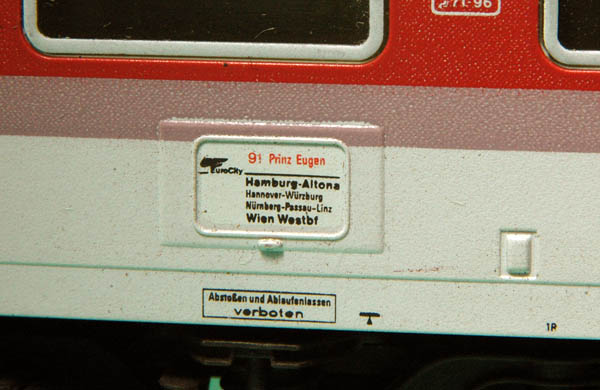
|
|
How to photograph the details?
|
| Those details are usually very small in size, thus a macro lens is mandatory (if you are using a compact digital camera, make sure that it has a macro-capable lens). Before taking a picture of certain details in the miniature-model, try to imagine the shadow if the light is coming from left, right, top, or bottom. Try to find out which lighting direction will likely the best to reveal the detail. |
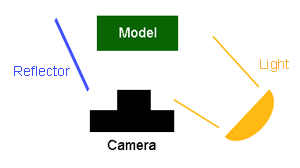 |
Place the light on the direction
which you think will be the best. This light must be "soft" (please see
chapter 2. Lights), and bright enough to allow photo taking at high f-number.
Yes, you have to use the highest possible f-number. Don't forget to put the camera on a tripod. This kind
of photography will deal with very thin depth of field (see chapter 5.
Depth of Field), a slight movement of the camera during exposure means
the photo will not come out sharply. |
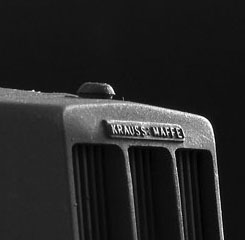 |
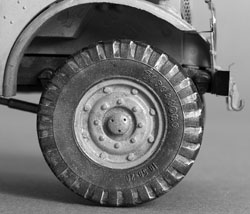 |
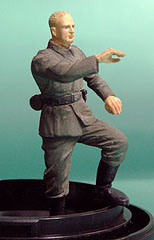 |
In photographing the details, you should observe the model thoroughly to find the part which will likely show distinctive details. Sometimes a high quality models carry a very well defined details, so realistic, but may go unnoticed by human eyes, such as the photo below: This photo shows a very realistic track links of a 1/35 scale model of Sd.Kfz.9 halftrack produced by Tamiya. See the linkage bolt on each track-link, and the roller's bolt on the traction wheel. Those details will be easily unnoticed, until you take a macro-photograph of them. So next time before you judge the workmanship quality of a miniature model, take the detail photographs first. |
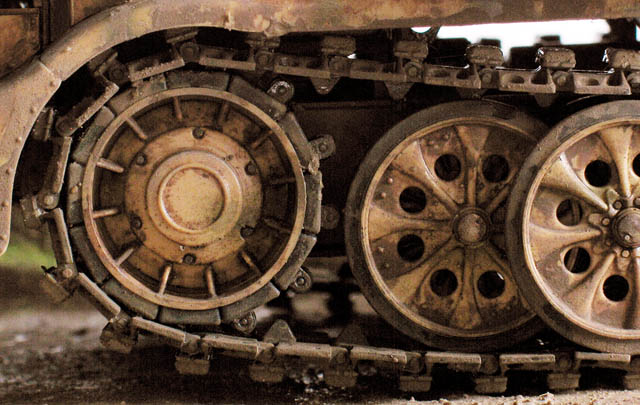
Next Chapter >>
|
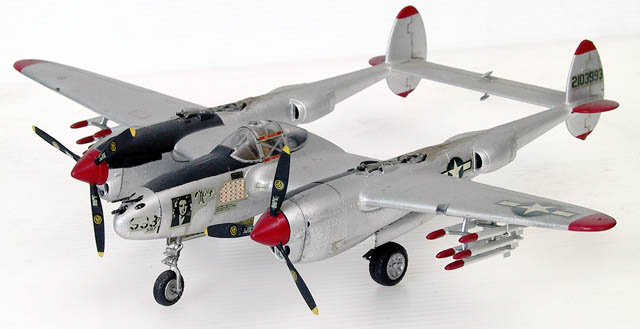
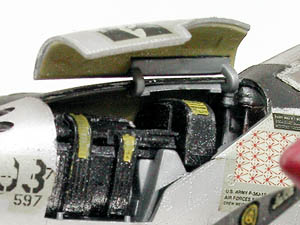
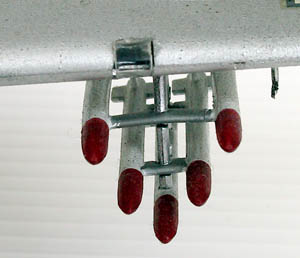
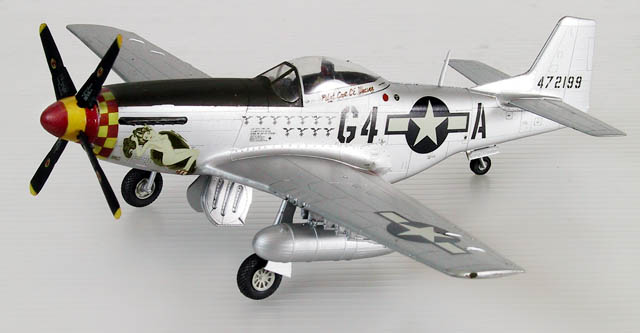
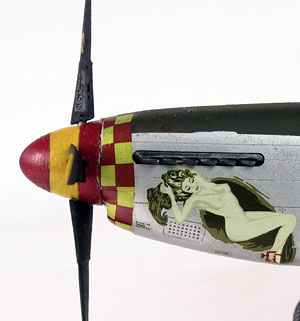
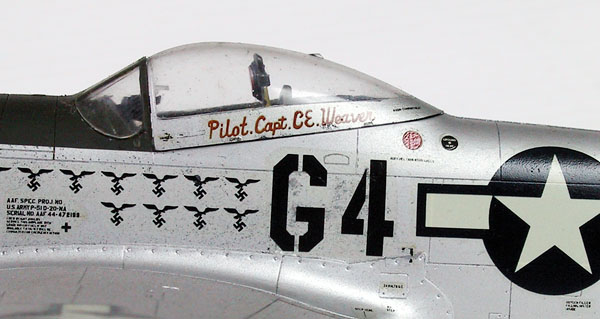
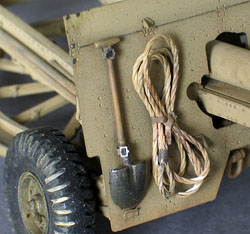 Well
built models, especially the one using today's sophisticated technologies, will contain a lot
of details; cockpit interior in an aeroplane model, mechanism of an artillery
gun, dashboard of a car, even an expression of a figure's face.
Well
built models, especially the one using today's sophisticated technologies, will contain a lot
of details; cockpit interior in an aeroplane model, mechanism of an artillery
gun, dashboard of a car, even an expression of a figure's face.